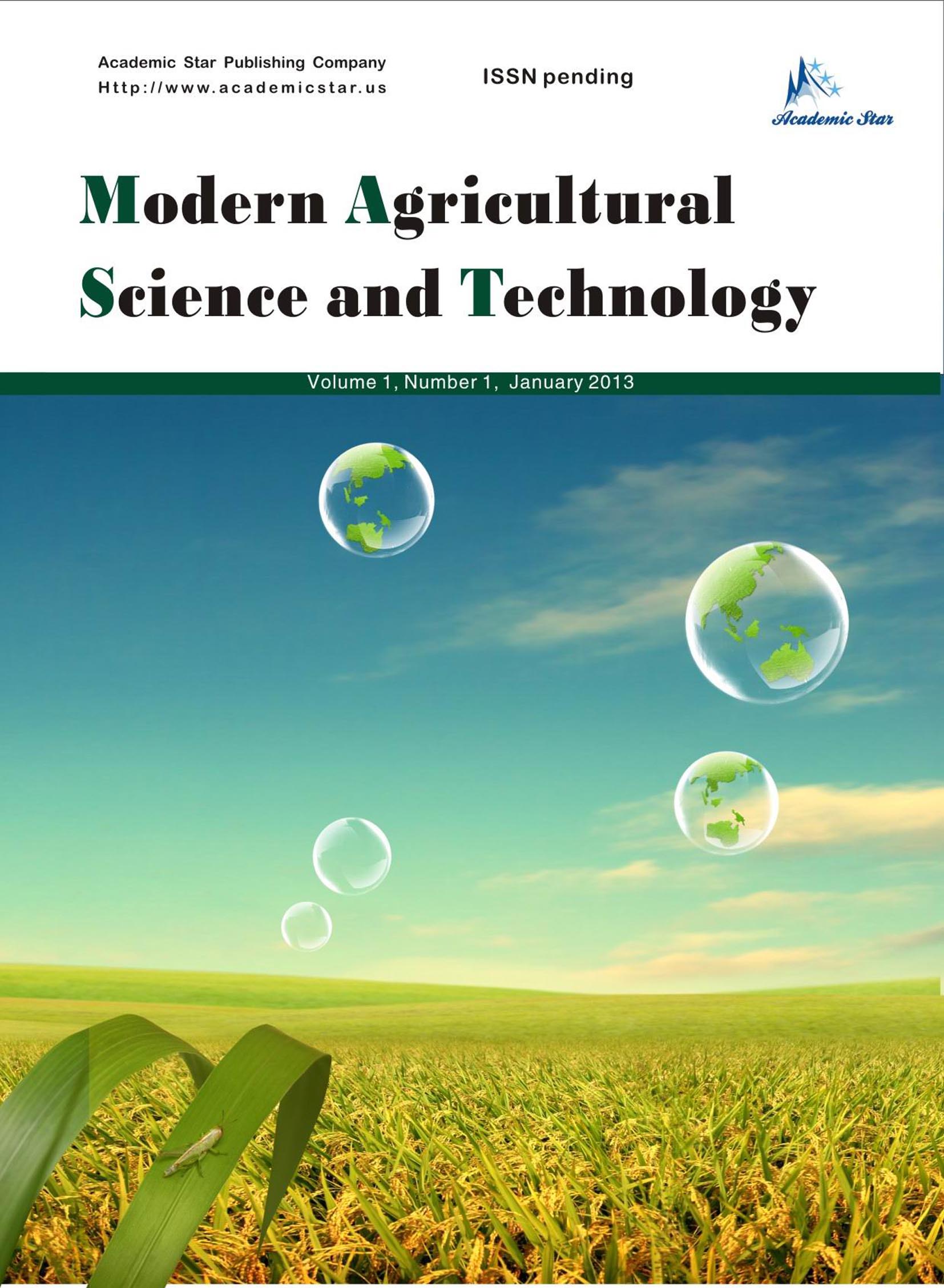Technology and Engineering

- ISSN: 2375-9402
- Modern Agricultural Science and Technology
Saccharomyces cerevisiae Cell Wall Supplementation
on Growth Performance and Immunity Status of White
Shrimp (Litopeneausvannamei)
Jintasataporn O.1, Bonato M. A.2, Santos G. D.2,and Hooge D. M.3
1. Kasetsart University, 50 Ngam Wong Wan Rd, Ladyaow Chatuchak Bangkok 10900, Thailand
2. ICC Brazil – Av. Brigadeiro Faria Lima, 1768 4C, CEP:01451-909, São Paulo/SP, Brazil
3. Hooge Consulting Service, 8775 Cedar Pass Road, Eagle Mountain, Utah 84005-3186 USA
Abstract: Effects of different levels of dietary Saccharomyces cerevisiae cell walls were evaluated on growth, survival, immune status, and disease resistance against Vibrioharveyi and Vibrio parahemolyticus which are causative agents of Early Mortality Syndrome (EMS), in White shrimp (Litopeneausvannamei). Dietary treatments were: 0, (CON) 0.25, 0.5, or 1.0% yeast cell wall product (YCW;ImmunoWall®, ICC, Sao Paulo, Brazil) per treatment there were 8 replicate tanks (4 for growth at 14 and 28 d, and 4 for weekly immune responses to bacterial challenges, and each replicate consisted of a 1,000 L fiber tank with a stocking density of 60 shrimp/m3 in brackish water of 12-15 ppt. Individual shrimp of 6.45±0.26 g were acclimated for one week and allocated to treatment tanks. Two bacteria challenge tests were conducted. For each test, the same shrimp were continued on experimental dietsto 30 d after which 30 shrimp from each treatment (3 replicate tanks of 10 shrimp each) were randomly selected and challenged 2.6×106 CFU/mL of Vibrio parahemolyticus or 1.0×106 CFU/mL of Vibrioharveyi by intramuscular injection. Three hours post injection, hemolymph was collected. The YCW supplementation at 0.5 and 1.0% improved (P < 0.05) body weight at d 14, and feed intake at d 28. Hemolymph protein improved at d 7 and 14, and phenoloxidase activity improved at d 21 (P < 0.05) at all YCW feeding levels compared with control group. At 2 and 3 d after V. harveyi challenge, mortality rates were lower (P < 0.05) in groups fed YCW. Also total hemocyte count and hemolymph were higher (P < 0.05) in groups fed with 0.5 and 1.0% of YCW. For V. parahemolyticus challenge, total hemocyte count improved for all YCW levels. The YCW supplementation at 0.5 and 1% in shrimp diets resulted in improved body weight gain and feed intake. The 1% YCW inclusion rate was shown to enhance some immunity parameters under disease challenge conditions by Vibrio harveyior Vibrio parahemolyticus.
Key words: early mortality syndrome, Vibrio harveyi, Vibrio parahemolyticus, white shrimp, yeast cell wall






